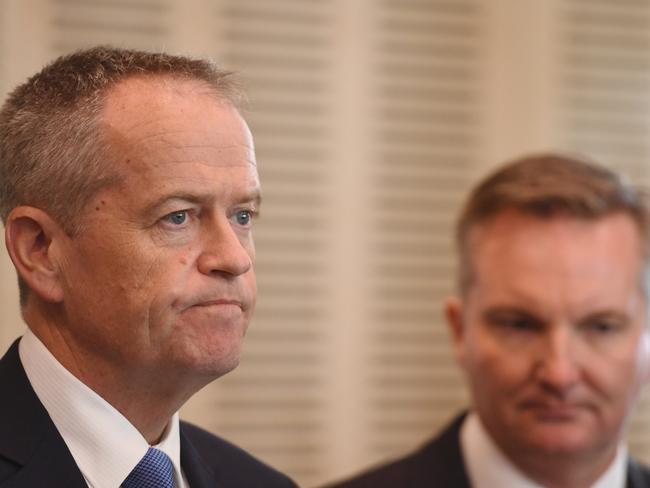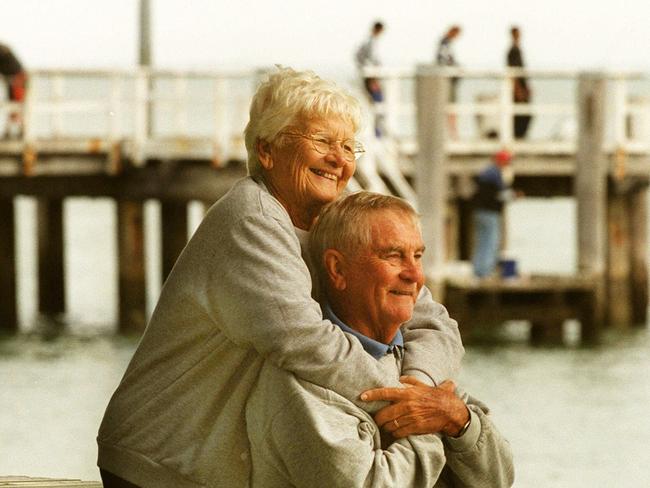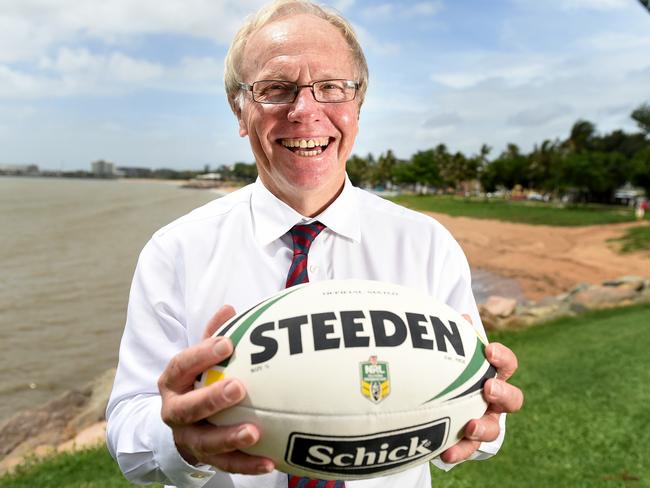Editorial: Retirees in Bill Shorten’s sights
THE next federal election won’t be until next year, at least not if Malcolm Turnbull has anything to say about it, but the outlines of the economic side of the campaign are already shaping up. And the future of millions of retirees, pensioners is up for debate.
Opinion
Don't miss out on the headlines from Opinion. Followed categories will be added to My News.
THE next federal election won’t be until next year, at least not if Malcolm Turnbull has anything to say about it, but the outlines of the economic side of the campaign are already shaping up.
And it looks like the future income of millions of retirees and pensioners is up for debate.
Essentially, it’s a mechanism that keeps company dividends from being taxed twice, and which for nearly 20 years has provided a cash credit to investors who otherwise pay no tax — including a large number of low-income retirees.
In characterising his proposed changes in an address to the Chifley Research Centre, Shorten was quick to describe it as an attack on “loopholes” and “tidy little arrangements” enjoyed by, as he likes to put it, the “top end of town”.

But government modelling shows that more than half of all people receiving the credits Shorten is attacking as a tool of the rich and crafty actually have a taxable income below the tax-free threshold of $18,200.
The same figures show that 97 per cent of those who would be affected have an income of less than $87,000.
But if Labor’s proposed changes to dividend imputation are likely to fall on the shoulders of investors and superannuants who have put something away for their retirement — the people who have done the right thing in preparing for retirement rather than relying on the pension, as envisioned by the system’s pioneer Paul Keating — they also show just how small-minded the would-be Labor government would be when it comes to economic reform.

No longer do we see the grand, visionary sweeps that characterised the Hawke-Keating era such as floating the dollar and reducing trade barriers.
Instead, Labor is reduced to snipping at the margins of reform, underpinned by a philosophy that sees any dollar not scooped up and redistributed by the tax system as a dollar lost to the government.
Planning for the future
SYDNEYSIDERS are beginning to get a better picture of the future nature of their city as it grows over the coming decades.
Indeed the changes will be felt as far out as Campbelltown and beyond, if a forum being held today at State Parliament is any guide. There plans will be laid out for how the Campbelltown area might cope with the additional 500,000 residents expected over the next 30 years, thanks to the Western Sydney Airport, with more health and education infrastructure providing more jobs.
Given the growth expected, the time to start planning is now.
Another voice for stadiums
Peter Beattie, the former Queensland Labor premier turned NRL boss, would know a thing or two about sport and infrastructure.
And he has a stark warning about this state’s investment in stadiums: It’s time to get off the fence.
In an exclusive interview with The Daily Telegraph, the former premier said it was time for every NRL fan to get behind the government’s plans, and he threw down a marker to NSW.

If the state doesn’t want to build sporting infrastructure, Beattie says, it will have to sit back and watch premier events go to other capital cities such as Perth, Melbourne, Adelaide and his own Brisbane.
As Beattie correctly says, Sydney is Australia’s largest city and as such “it should be a world leader attracting events, and to do that it needs the best facilities”.
The idea that stadiums are fighting with hospitals and schools is a false either/or proposition, according to the former premier, who added that the investment would pay dividends in everything, from increased revenue to healthier kids who were more interested in sport.


